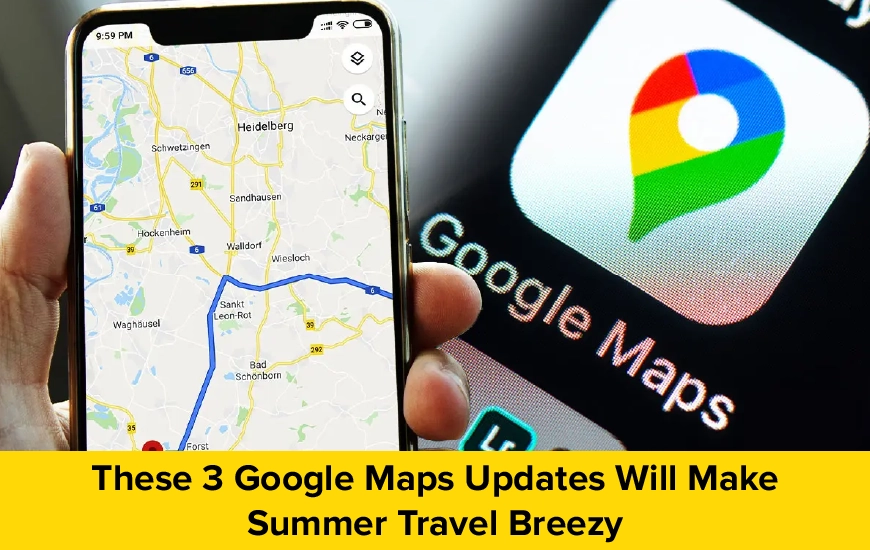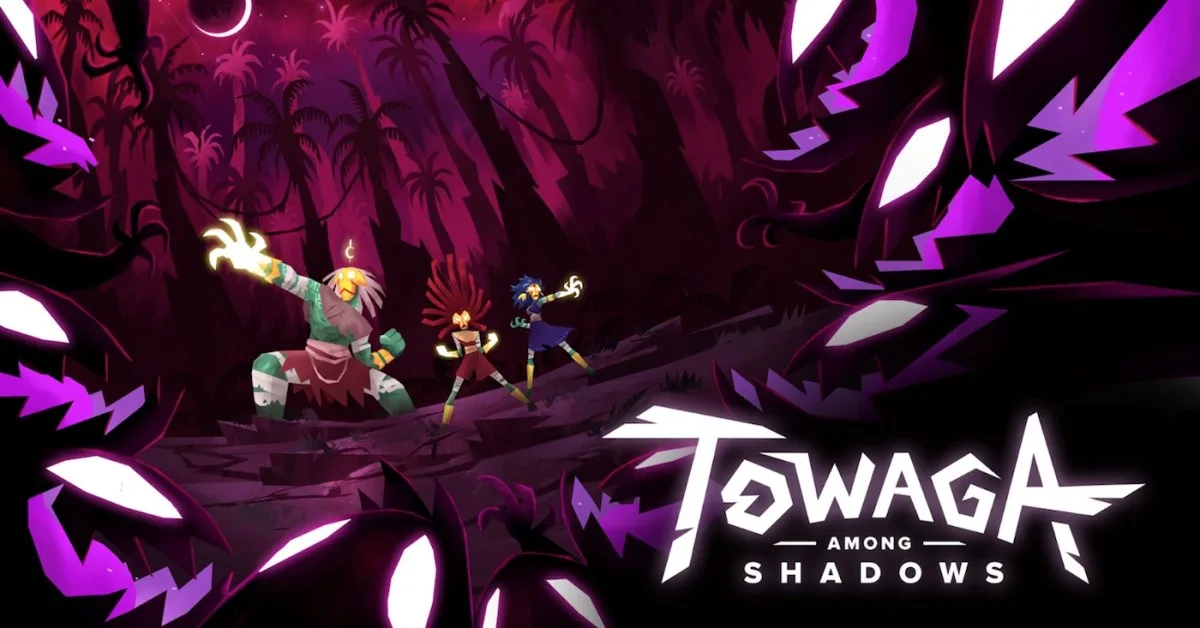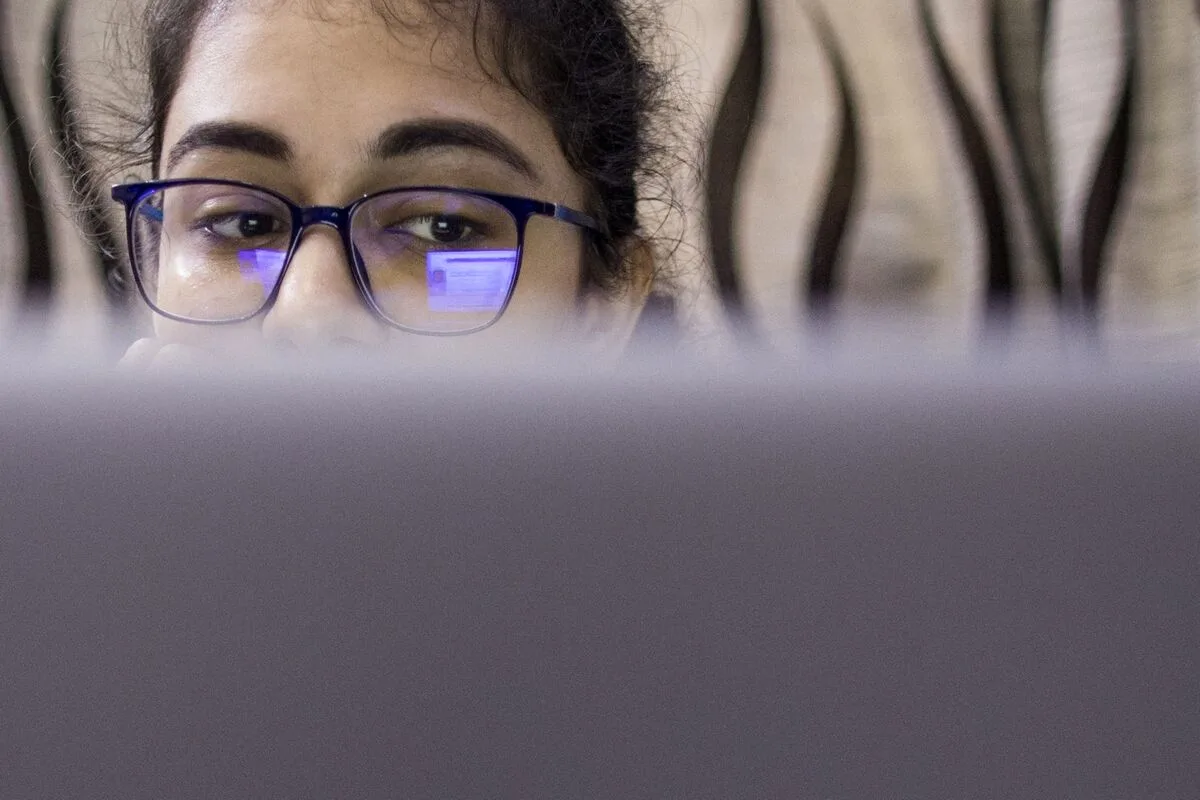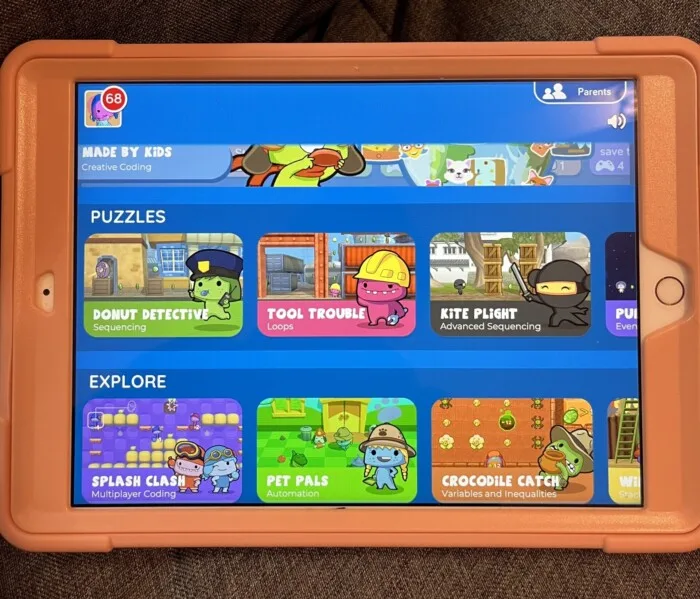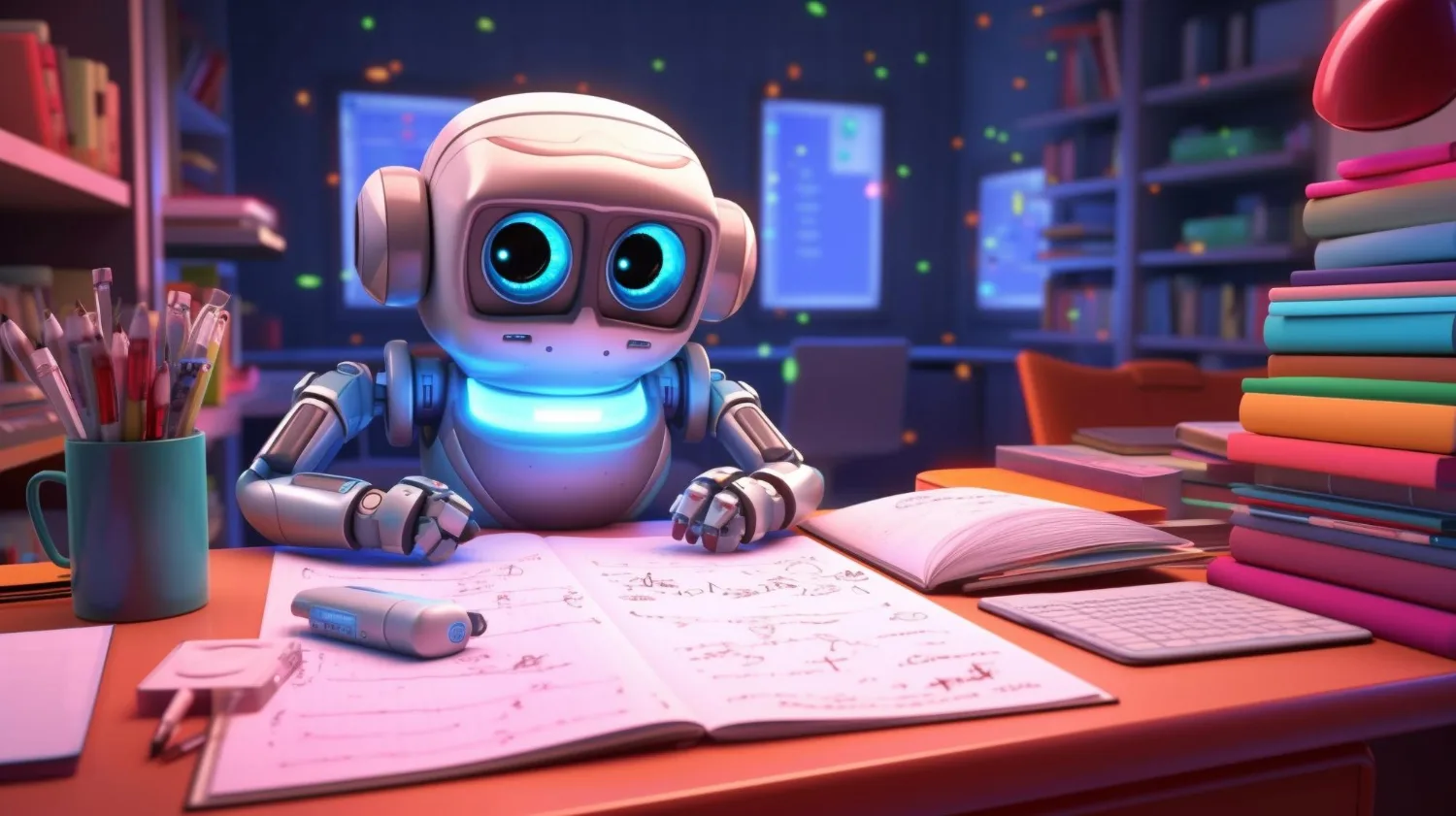Scientists want to understand bias in citizen science data
When Washington University postdoctoral fellow Elizabeth Carlen moved to St. Louis, she wanted to find gray squirrels.
“So I started looking at iNaturalist to try to figure out where the squirrels are and noticed that it was completely biased information,” Carlen said. “All the squirrel sightings were in the southern part of the city.”
Wondering about bias in community science data? Here is an example from St. Louis.
On the left is a Racial Dot Map, on the right are iNaturalist observations of squirrels.
Squirrels are abundant in the northern part of the city but there are no recorded observations. pic.twitter.com/702fTxoLTA
— Dr. Elizabeth Carlen (@E_Carlen) May 4, 2022
Carlen posted about this stark divide in participatory science data on social media and found a lot of other scientists who also wanted to know more.
Now in a new paper, Carlen and more than a dozen fellow researchers use St. Louis as a case study to examine bias in data from citizen science apps. They set out to understand how bias shows up in this data and what can be done to make sure it doesn’t affect wildlife conservation.
Scientists have studied the ways citizen science data can be prejudiced — the apps are often used by older, whiter, more affluent people. But Carlen wanted to look at how segregation in American cities can change the landscape of these wildlife observations.
In St. Louis, years of redlining and segregation created a stark racial divide along Delmar Boulevard. That same divide can be seen in participatory science data.
On Monday, Carlen snapped a photo of a purple flower in Fairground Park and looked at the map of other observations.
“We’re the first observation in Fairground Park,” Carlen said. “Most of these observations of plants are coming from the southern part of the city.”
This data is used by both policymakers and researchers to inform conservation efforts, so biases can have a snowball effect. University of California, Berkeley Ph.D. candidate and co-author of the paper Cesar Estien has used this type of data in research before and said when scientists download it, they need to fully understand all the biases that go into it.
Eric Lee
/
St. Louis Public Radio

Eric Lee
/
St. Louis Public Radio
Estien is also thinking about ways to empower underrepresented communities to participate, through funding and education.
“I think that is a better solution than simply telling folks, ‘OK, well, there’s no data in the northern part of St. Louis, everyone should just go over there and take a bunch of photos and then come back to your respective neighborhood,’” Estien said. “Although that will yield good data that doesn’t actually solve this issue.”
Although the apps have their downsides, Estien said the data is still important, especially as climate change forces cities to make decisions about where they should focus resources.
“I think iNaturalist, eBird, a lot of these apps can enhance the way folks do engage with their local environment and their communities and really understanding how biodiversity is changing over time,” Estien said.
The paper was published in People and Nature. Next, Estien and Carlen hope to compare St. Louis to other cities and look for ways to close these data gaps.



